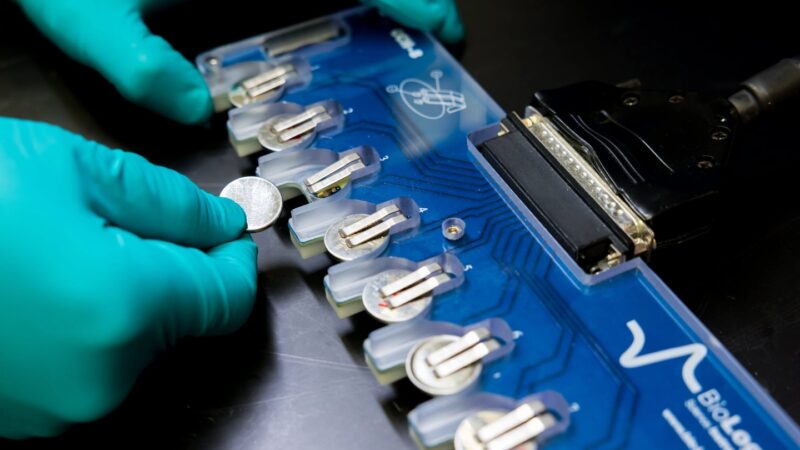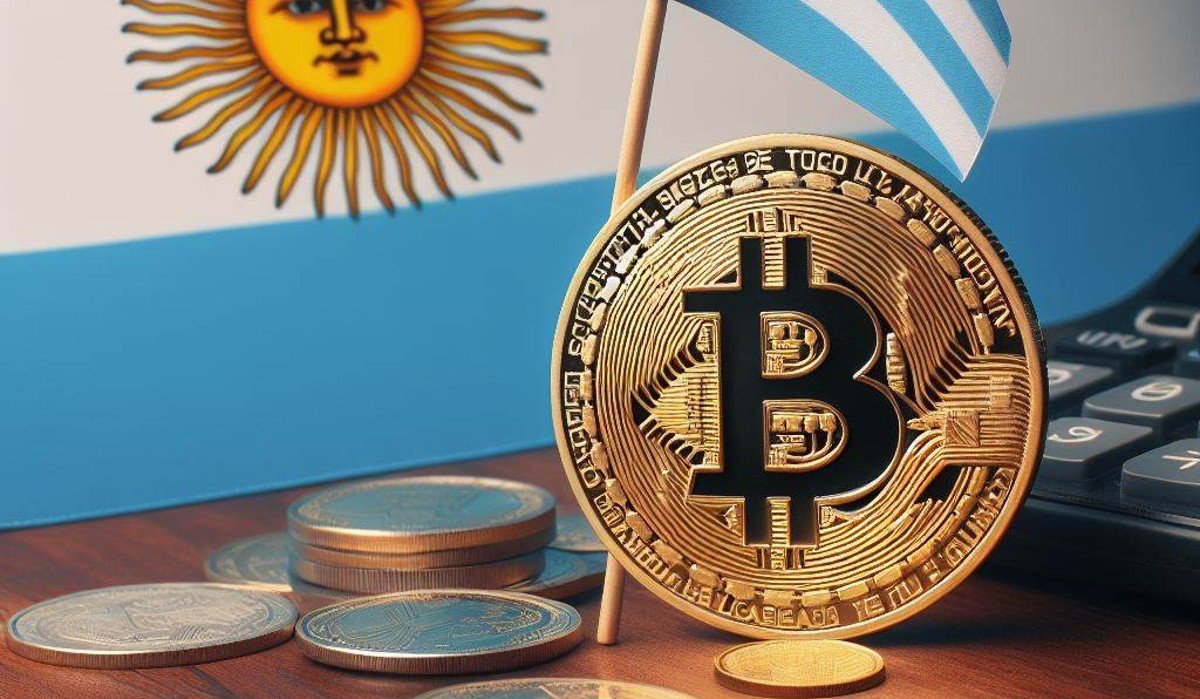
Artificial intelligence: A type of knowledge-based decision making performed by machines or computers. The term also refers to the field of study in which scientists attempt to create machines or computer software capable of intelligent behavior.
the atom: the basic unit of a chemical element. Atoms are composed of a dense nucleus containing positively charged protons and uncharged neutrons. The nucleus is surrounded by a cloud of negatively charged electrons.
battery: A device that can convert chemical energy into electrical energy.
chemical: A substance composed of two or more atoms that combine (bond) in a specific ratio and structure. For example, water is a chemical formed when two hydrogen atoms bond with one oxygen atom. Its chemical formula is H2O. can also be an adjective to describe properties of chemical substances that are the result of different reactions between different compounds.
the conductor: (in physics and engineering) a material through which an electric current can flow.
current: (in electricity) the flow of electricity or the amount of charge moving through some material in a given period of time.
Electrolytes: A nonmetallic liquid or solid that conducts ions — electrically charged atoms or molecules — to carry an electrical charge. (Blood or other bodily fluids can serve as some mineral ions that move to carry charge.) Electrolytes can also act as ions that transfer positive charge within a battery or capacitor.
material: a building block of some larger structure. (in chemistry) any of more than one hundred substances for which the smallest unit of each is a single atom. Examples include hydrogen, oxygen, carbon, lithium, and uranium.
error: (in statistics) the non-deterministic (random) part of the relationship between two or more variables.
intelligence: Ability to acquire and apply knowledge and skills.
ion: (adj. ionized) An atom or molecule with an electrical charge due to the loss or gain of one or more electrons. An ionized gas, or plasma, in which all the electrons have been separated from their parent atoms.
liquid: A substance that flows freely but has a constant volume, such as water or oil.
lithium: A soft, silvery metallic material. It is the lightest of all metals and very reactive. It is used in batteries and ceramics.
Machine learning: A technique in computer science that allows computers to learn from examples or experience. Machine learning is the basis of some forms of artificial intelligence (AI). For example, a machine-learning system could compare X-rays of lung tissue from people with cancer and then compare how long a patient lived after being given a particular treatment. In the future, that AI system may be able to look at new patient lung scans and predict how well they’ll respond to a treatment.
Physicist: A researcher who studies how the atomic and molecular structure of an element relates to its overall properties. Materials scientists can design new materials or analyze existing ones. Their analysis of a material’s overall properties (such as density, strength, and melting point) can help engineers and other researchers select materials that are best suited for a new application.
prototype: A first or preliminary model of some device, system or product that still needs to be perfected.
the risk: the chance or mathematical probability that some bad thing can happen. For example, exposure to radiation creates a risk of cancer. Or the danger – or danger – itself. (In this case: Among the cancer risks humans were exposed to were radiation and drinking water containing arsenic.)
Sodium: A soft, silvery metallic material that will react explosively when added to water. It is a basic building block of table salt (a molecule of which consists of one atom of sodium and one atom of chlorine: NaCl). It is also found in sea salt.
difficult: Firm and shape stable; Neither liquid nor gaseous.
poisonous: Toxic or capable of damaging or killing cells, tissues or whole organisms. A measure of the risk posed by such a poison is its toxicity.
















